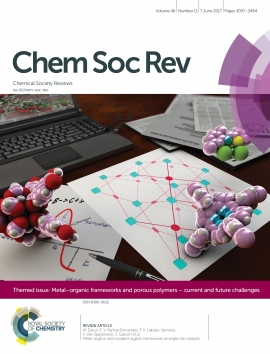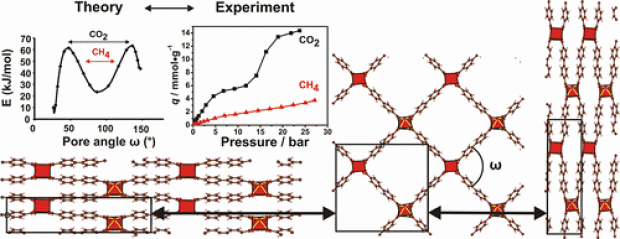J.W.M. Osterrieth, J. Rampersad, D. Madden, N. Rampal, L. Skoric, B. Connolly, M.D. Allendorf, V. Stavila, J.L Snider, R. Ameloot, J. Marreiros, C. Ania, D. Azevedo, E. Vilarrasa-Garcia, B.F. Santos, X.-H. Bu, Z. Chang, H. Bunzen, N.R. Champness, S.L. Griffin, B. Cheng, R.-B. Lin, B. Coasne, S. Cohen, J.C. Moreton, Y.J. Colón, L. Chen, R. Clowes, F.-X. Coudert, Y. Cui, B. Hou, D.M. D'Alessandro, P.W. Doheny, M. Dincă, C. Sun, C. Doonan, M.T. Huxley, J.D. Evans, P. Falcaro, R. Ricco, O. Farha, K.B. Idrees, T. Islamoglu, P. Feng, H. Yang, R.S. Forgan, D. Bara, S. Furukawa, E. Sanchez, J. Gascon, S. Telalović, S.K. Ghosh, S. Mukherjee, M.R. Hill, M.M. Sadiq, P. Horcajada, P. Salcedo-Abraira, K. Kaneko, R. Kukobat, J. Kenvin, S. Keskin, S. Kitagawa, K.-i. Otake, R.P. Lively, S.J.A. DeWitt, P.L. Llewellyn, B.V. Lotsch, S.T. Emmerling, A.M. Pütz, C. Martí-Gastaldo, N.M. Padial, J. García-Martínez, N. Linares, D. Maspoch, J.A. Suárez del Pino, P.Z. Moghadam, R. Oktavian, R.E. Morris, P.S. Wheatley, J. Navarro, C. Petit, D. Danaci, M.J. Rosseinsky, A.P. Katsoulidis, M. Schroeder, X. Han, S. Yang, C. Serre, G. Mouchaham, D.S. Sholl, R. Thyagarajan, D. Siderius, R.Q. Snurr, R.B. Goncalves, S. Telfer, S.J. Lee, V.P. Ting, J.L. Rowlandson, T. Uemura, T. Iiyuka, M.A. van der Veen, D. Rega, V. Van Speybroeck, S.M.J. Rogge, A. Lamaire, K.S. Walton, L.W. Bingel, S. Wuttke, J. Andreo, O. Yaghi, B. Zhang, C.T. Yavuz, T.S. Nguyen, F. Zamora, C. Montoro, H. Zhou, A. Kirchon, D. Fairen-Jimenez
Advanced Materials
Abstract
Porosity and surface area analysis play a prominent role in modern materials science. At the heart of this sits the Brunauer–Emmett–Teller (BET) theory, which has been a remarkably successful contribution to the field of materials science. The BET method was developed in the 1930s for open surfaces but is now the most widely used metric for the estimation of surface areas of micro- and mesoporous materials. Despite its widespread use, the calculation of BET surface areas causes a spread in reported areas, resulting in reproducibility problems in both academia and industry. To prove this, for this analysis, 18 already-measured raw adsorption isotherms were provided to sixty-one labs, who were asked to calculate the corresponding BET areas. This round-robin exercise resulted in a wide range of values. Here, the reproducibility of BET area determination from identical isotherms is demonstrated to be a largely ignored issue, raising critical concerns over the reliability of reported BET areas. To solve this major issue, a new computational approach to accurately and systematically determine the BET area of nanoporous materials is developed. The software, called “BET surface identification” (BETSI), expands on the well-known Rouquerol criteria and makes an unambiguous BET area assignment possible.


 Open Access version available at
Open Access version available at 
